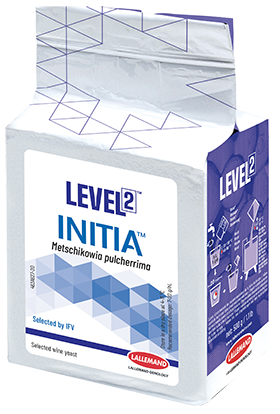Ensure double bioprotection
of your wines

Metschnikowia pulcherrima
Selected to face the multiple challenges of bioprotection of your white and rosé wines
IMPORTANCE OF
PRE-FERMENTATION STAGES
Properly controlled
the pre-fermentation stages in white and rosé vinification allow for:
The traditional solution to avoid these pitfalls is the addition of SO2 (otherwise known as sulphites). However, with the shift in consumer demand towards wines with reduced or no sulphite content, winemakers are on the lookout for more natural alternatives.

Poorly controlled
they can adversely affect wine quality as they involve certain risks:
Offering natural microbiological bioprotection solutions while preserving wine quality.
The traditional solution to avoid these pitfalls is the addition of SO2 (otherwise known as sulphites). However, with the shift in consumer demand towards wines with reduced or no sulphite content, winemakers are on the lookout for more natural alternatives.

Offering natural microbiological bioprotection solutions while preserving wine quality.
Bioprotection
with Metschnikowia pulcherrima yeast:

The main properties of the yeast
Metschnikowia pulcherrima


Lallemand Oenology and the Institut Français de la Vigne et du Vin have collaborated to select LEVEL2 INITIA, an original bioprotection yeast specifically for white and rosé wines.

A non-fermenting yeast

Excellent colonisation and strong growth even at low temperatures

Excellent ability to control spoilage microorganisms

Unique properties to protect grapes and musts against oxidation


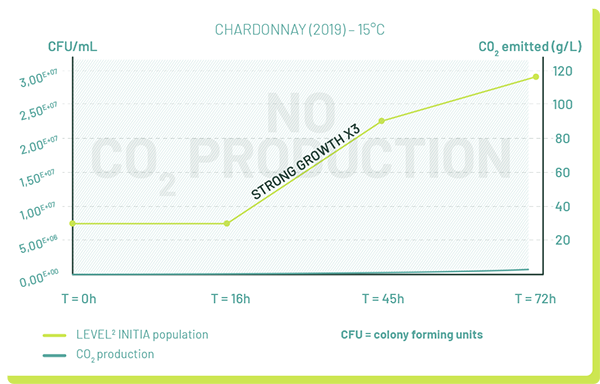

In the pre-fermentation stages, the main contaminants are oxidative yeasts such as Kloeckera and Hanseniaspora.
LEVEL2 INITIA makes it possible to greatly limit the development of these populations.
Hanseniaspora
32%



Other yeasts
68%


Hanseniaspora
50%


Other yeasts
50%


Hanseniaspora
3%
LEVEL2 INITIA
Very good colonisation of LEVEL2 INITIA
97%

The dissolved oxygen is consumed very quickly by LEVEL2 INITIA, which maintains it at a level close to zero throughout the pre-fermentation stages – thus preserving wine colour and quality.
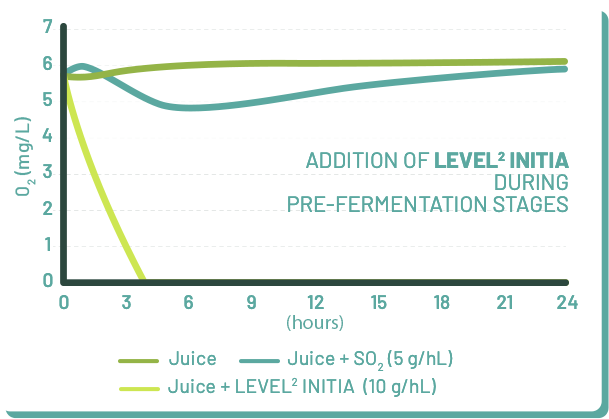
Copper is a known pro-oxidant (oxidation catalyst), meaning that it promotes oxidation of juices.
By reducing the residual copper content in the juice, LEVEL2 INITIA makes it possible to limit oxidation phenomena by a mechanism complementary to its consumption of dissolved oxygen.
Residual copper concentration (mg/L) after 2 days at 15°C during pre-fermentation maceration of Sauvignon Blanc

*In accordance with European Union regulations

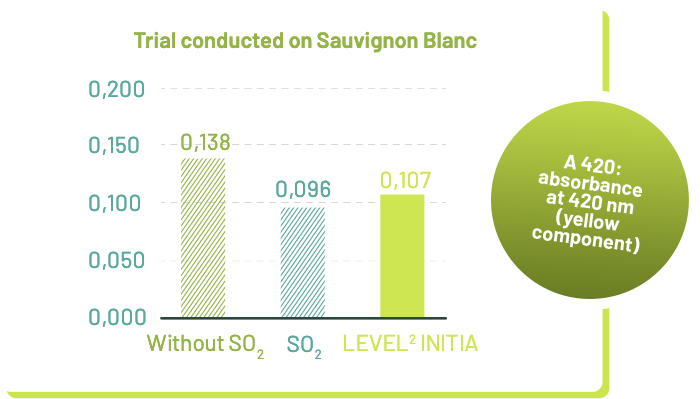

Thiols are aromatic compounds revealed by the yeast and found in the form of precursors in grapes.
They are very sensitive to oxidation.
LEVEL2 INITIA preserves varietal aromatic compounds such as thiols
Trial in experimental winery
Trial conducted on Sauvignon Blanc
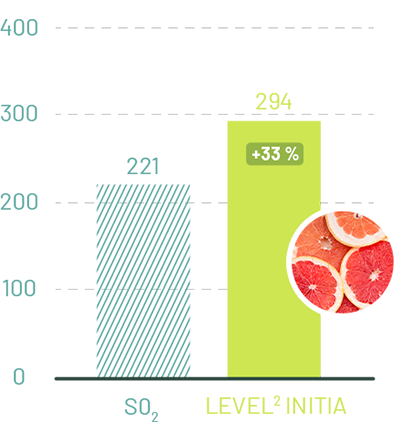
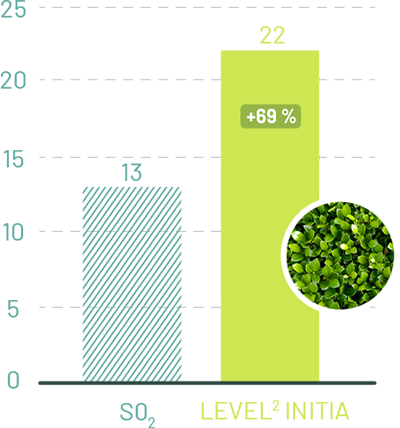
Trial in full-scale winery
Comparison with a standard solution from a competitor
Trial conducted on Sauvignon Blanc (2020)
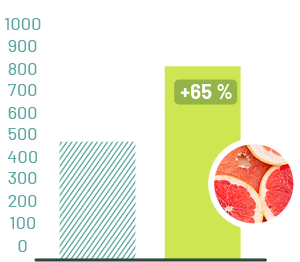
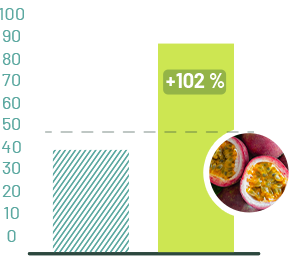
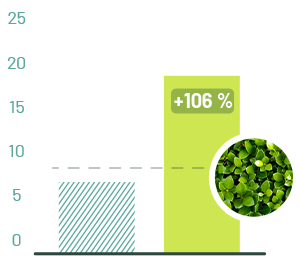
In summary:
Very positive impact of LEVEL2 INITIA on finished white and rosé wines:

advantages
of using

